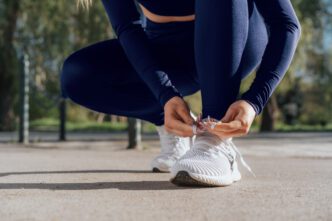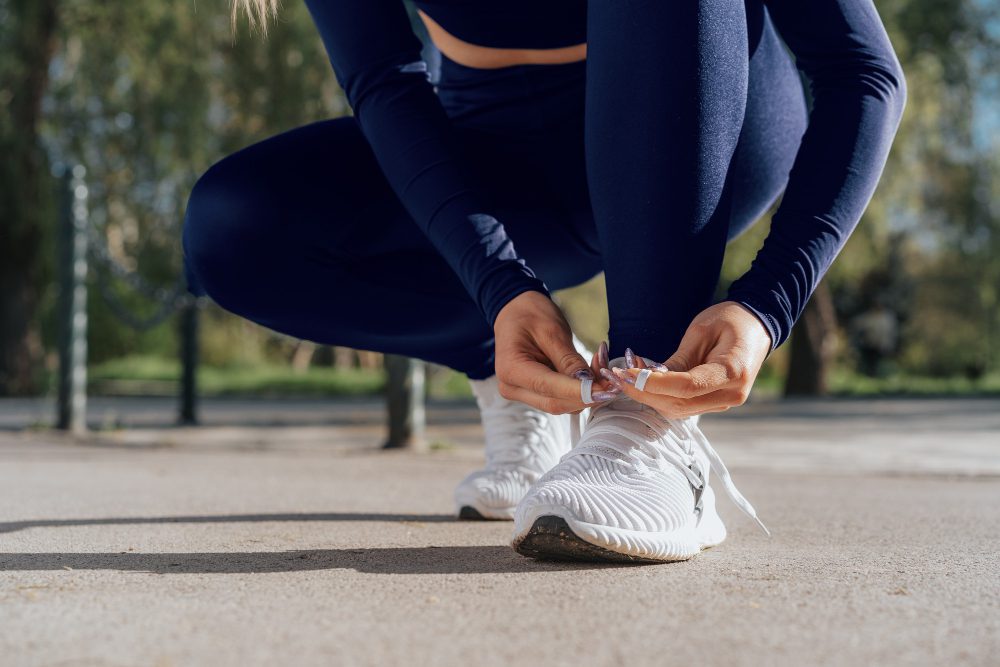A Quick Takeaway
The Story Behind the Trend
How to Make It Work for You
The Community View
The landscape of running in Miami, a vibrant city synonymous with sun, sand, and an active lifestyle, has undergone a significant transformation, largely propelled by the relentless evolution of running shoe technology. For runners, from casual beach joggers to serious marathoners, the “what” of their footwear has dramatically altered the “how” and “why” they engage with the sport. Over recent decades, advancements in materials, design, and biomechanical understanding have provided athletes in Miami, and indeed worldwide, with footwear specifically engineered to enhance performance, mitigate injury risk, and adapt seamlessly to the city’s unique climate and diverse terrains, from humid urban streets to soft sandy beaches.
Miami’s Distinct Running Environment
Miami presents a unique set of challenges and opportunities for runners, making the choice of footwear particularly critical. The city’s subtropical climate means high temperatures and oppressive humidity are constant companions for much of the year. Beyond the climate, the running surfaces are incredibly varied, ranging from the soft, yielding sand of South Beach, to the hard concrete of downtown sidewalks, the springy wooden boardwalks, and the occasional natural trails in parks like Oleta River State Park.
These diverse conditions demand a versatility from running shoes that is perhaps more pronounced here than in many other major running hubs. A shoe that performs admirably on a temperate track might falter under the relentless Miami sun or struggle for traction on a slick, rain-soaked pavement. This specific environmental pressure has inadvertently become a crucible for innovation, pushing footwear manufacturers to consider a broader spectrum of performance characteristics.
The Evolution of Running Shoe Technology
The journey of the running shoe from a basic canvas and rubber construct to today’s highly engineered marvel is a testament to scientific progress and athletic demand. Early running shoes offered minimal cushioning and support, often leading to discomfort and injury for dedicated runners. The paradigm shifted dramatically with the introduction of advanced cushioning systems, stability features, and innovative upper materials.
Modern running shoes now incorporate sophisticated technologies such as responsive foams (e.g., EVA, TPU-based compounds like Boost, or PEBAX-based foams like ZoomX) that provide superior shock absorption and energy return. Stability shoes utilize features like medial posts or guide rails to help control pronation, guiding the foot through a more neutral stride. Furthermore, engineered mesh and knit uppers offer unparalleled breathability and a sock-like fit, crucial for comfort during long runs.
Adapting to Miami’s Climate: The Breathability Revolution
One of the most profound impacts of running shoe innovation in Miami has been the focus on breathability. Running in high heat and humidity can quickly lead to overheating, discomfort, and even blisters. Traditional, heavy uppers would trap heat and moisture, making long runs unbearable.
Contemporary running shoes address this with lightweight, highly ventilated upper materials that allow air to circulate freely around the foot. Moisture-wicking fabrics help draw sweat away from the skin, keeping feet drier and cooler. This emphasis on climate control in footwear has not only improved comfort but has also significantly reduced the incidence of heat-related issues and skin irritations, allowing Miamians to extend their runs and enjoy the sport year-round.
Tackling Diverse Terrains: Grip and Durability
The varied surfaces of Miami necessitate specialized outsole designs for optimal grip and durability. Running on the beach, for instance, requires a shoe with a different lug pattern and material composition than one designed for hard-packed asphalt.
Footwear brands have responded by developing outsoles with specific rubber compounds and tread patterns for different terrains. Trail shoes offer aggressive lugs for traction on uneven paths, while road shoes feature flatter, more durable rubber for consistent grip on pavement. For Miami runners, the challenge often lies in finding a shoe that offers a good balance across multiple surfaces, or in owning a quiver of shoes tailored to specific running environments. The exposure to salt water and intense UV radiation also demands materials that resist degradation, ensuring the longevity of the footwear.
Performance Enhancement and Injury Prevention
Beyond comfort and climate adaptation, running shoes have played a pivotal role in enhancing athletic performance and reducing the risk of common running injuries. Improved cushioning systems absorb impact forces more effectively, reducing stress on joints and muscles, which is especially beneficial on unforgiving concrete surfaces.
The development of stability and motion control shoes has provided crucial support for runners with specific biomechanical needs, such as overpronation. Lightweight designs and energy-returning foams contribute to faster times and greater efficiency, allowing runners to push their limits. Moreover, the increasing availability of gait analysis services helps runners select the most appropriate footwear for their individual foot strike and biomechanics, further personalizing the running experience and fostering a safer, more effective approach to training.
The Lifestyle Integration: Running Shoes as Fashion and Culture
The transformation of running shoes in Miami extends beyond pure performance; it has deeply intertwined with the city’s vibrant lifestyle and fashion scene. What was once purely utilitarian footwear has evolved into a significant cultural statement. The “athleisure” trend, where athletic wear seamlessly transitions into everyday fashion, has found a strong foothold in Miami.
Running shoes, with their innovative designs, diverse colorways, and collaborations with high-profile designers, are now a ubiquitous sight, worn not just for workouts but for social gatherings, casual outings, and even semi-formal events. This cultural shift reflects Miami’s relaxed yet stylish ethos, where comfort and performance are valued alongside aesthetic appeal. The city’s dynamic energy has embraced running shoes as a symbol of an active, health-conscious, and fashion-forward population.
The Future of Running Footwear in Miami
Looking ahead, the evolution of running shoes, particularly in a demanding environment like Miami, shows no signs of slowing. Future innovations are likely to focus on sustainability, with brands exploring recycled materials and more eco-friendly manufacturing processes. Personalized footwear, potentially utilizing 3D printing for custom-fit midsoles based on individual foot scans and gait analysis, could become standard.
Smart shoes embedded with sensors to track performance metrics, provide real-time feedback, and even offer adaptive cushioning are already emerging. For Miami, continued advancements will undoubtedly prioritize even greater climate control, enhanced durability against environmental stressors, and versatile designs that excel across the city’s diverse and challenging running terrains, continually redefining the boundaries of what a running shoe can achieve.







